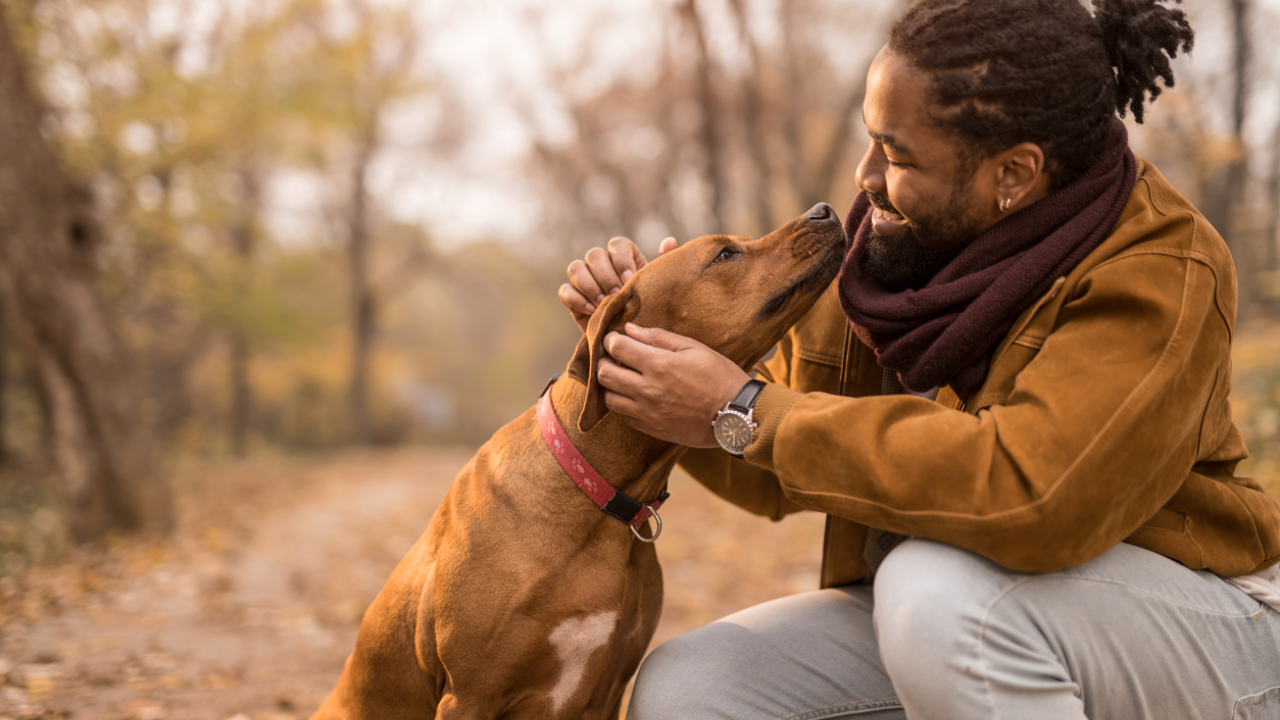We Need Each Other

Last week I posted the three states of our autonomic nervous system (ANS) according to the Polyvagal theory of Stephen Porges. Just to recap from the last post (https://somalumina-yoga.mykajabi.com/blog/what-is-the-state-of-your-nervous-system), there are three states of the ANS: 1)social engagement -safety, 2) mobilization - threat/challenge, 3) immobilization - imminent death. This is hard-wired in us. It maximizes our chance to survive.
A dysfunctional ANS is one that over responds or under responds to a stimulus. A dysfunctional ANS decreases the ability to be resilient and adaptable. A dysfunctional ANS blocks the ability to return to calm and social engagement.
If you were being charged by a bear you want a sympathetic fight or flight action to occur. That is an appropriately functioning ANS. However, if the next day you are sitting in your home looking out the window into the woods and go into sympathetic overdrive becoming hyper-vigilant expecting other bears to charge out of the woods which leads to increased heart rate, muscle tension, and tremulousness this is an over activated arousal response in the absence of a stimulus. If it progresses such that you stop going outdoors, then you would be experiencing an ongoing dysfunctional ANS.
One way yoga practices access the ANS is through interoception created by the postures. Interoception is the information from the body that is sent to the brain. Butterflies in the stomach is an example of interoception. The brain receiving information of tension in the muscles is interoception. Doing forward bends and twists may change the internal feeling in the body from butterflies in the belly to a feeling of calm. Stretching may help relieve the muscle tension giving a felt-sense of relaxation.
Being aware of the state of the ANS (social engagement, mobilization, immobilization) informs us in which way we want to do yoga practices to self-regulate. Another intervention to influence the state of the ANS is prolonging the exhalation over the inhalation to down regulate sympathetic activation. Another way to self-regulate could be to sing, chant, or to visualize a pleasant image. The number of ways to self-regulate can be endless as there are people on the planet.
However, sometimes we need the presence of another to help us down regulate a dysfunctional nervous system. The presence of another is anything that is outside of you that helps to calm a dysfunctional ANS. During the Covid pandemic people lost contact with the usual friends and family that offered co-regulation and there has been an increase in anxiety and depression. Many people turned to getting a pet to help in co-regulation. Some people took to the outdoors using the presence of nature to help co-regulate. The question is how much did Covid dysregulate your ANS on a long term basis? Now coming out of Covid as a pandemic, the doors have open again to large gatherings. Do you see the Covid "bear" in every public place triggering hyperarousal or shutdown? (There are those who went in the opposite direction of not realizing how much ANS stress they were experiencing until they eliminated the work commute and had more quality time and co-regulation at home.)
No matter how we look at ourselves no one is an island. We need each other - whether in the form of the two-leggeds, the four-leggeds, the plants, and the trees or the water. We are hard wired to survive and hard wired to connect. It is a balance of knowing when to extend ourselves outward to be elevated and to when to withdraw to protect. How much to go for the gusto and embrace life, and how much to show restraint to survive? Social engagement lends itself for the gusto and hyper arousal and shut down lend themselves toward restraint. Does your ANS regulate you or do you regulate your ANS? It is both. It is an automatic life preserver in immediate danger. Without the presence of immediate danger we can auto-regulate, co-regulate or become locked in a dysfunctional nervous system.
In yoga the Sanskrit word, sangha, is used to denote community. This is an intentional community of like folks who can feel safe and supported through the means of co-regulation. This does not mean co-dependence. In a yoga community there is the aim of self-responsibility and self-growth. In that growth there the development of the ability to auto-regulate. The ANS in social engagement sets the foundation and opportunity for greater insights and awareness leading to deeper self-discovery and richness of your being.
Sangha is to help co-regulate during the down turns, and also to celebrate the joys of life. Many times you will hear in the news of a natural disaster of blizzards, floods, fires, and tornados. From these disasters people come together to lift each other up in the aftermath. That is co-regulation. Sangha is to support each other's ability to be resilient.





